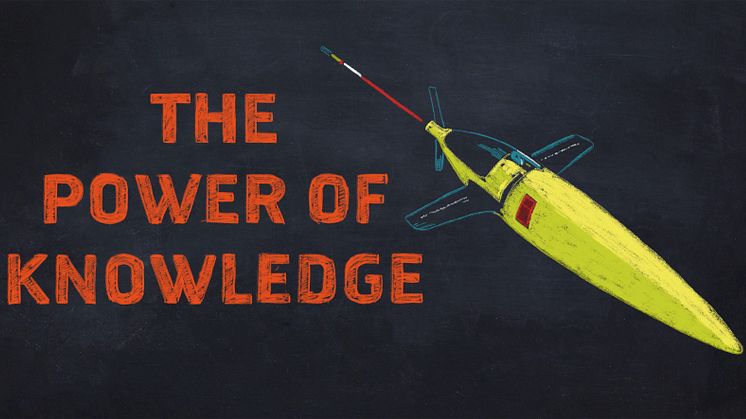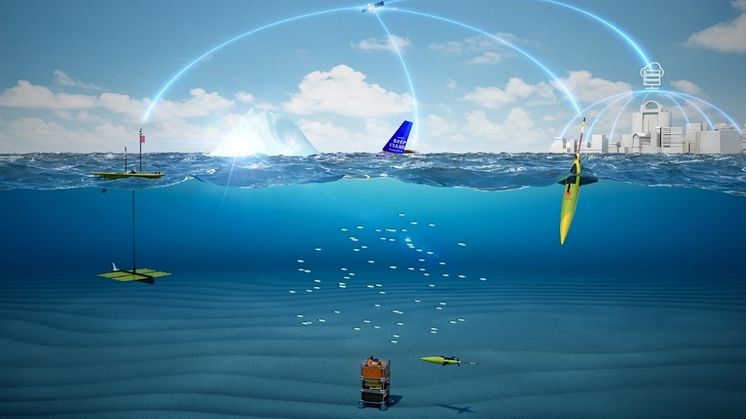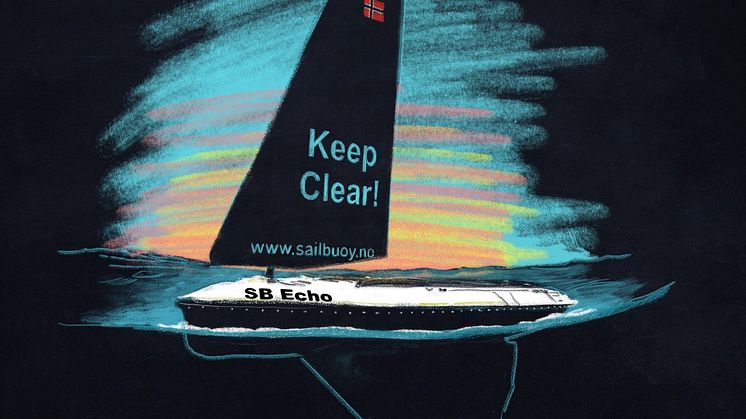
Nyhet -
Disruptive technologies: GLIDER data presented at Arctic Frontiers
During the 2020 edition of Arctic Frontiers Science (Thursday 13.00) Akvaplan-niva will present the findings in the GLIDER project. The title of the talk is "Autonomous surface and underwater vehicles reveal new discoveries in the Arctic Ocean." The session in which this presentation will be held, is called "Disruptive technologies" aiming to look into amongst others issues, "Integrated monitoring, modelling and decision support".
In this field of research and technology development we have experienced a shift from retro-perspective to pro-active monitoring as observation techniques and numerical modelling mature. The potential of integrating observation systems (i.e. autonomous sensor platforms in combination with satellite remote sensing, buoys and seabed infrastructure) opens for real time or near real time observations, providing high-resolution temporal and spatial information.
The overall aim of the GLIDER project presented by Camus during this event is to demonstrate the offshore monitoring and real time data management approach in the GLIDER project. The project applies 3 ocean autonomous and mobile platforms, a Sea glider (Kongsberg), a Sailbuoy (Offshore Sensing) and a Wave Glider (Maritime Robotics). These platforms are fitted with a well proven suite of sensors to collect chemical, physical and biological data of the ocean space. The project has developed a data management e-platform to ensure a high integration of the collected data.
In 2018 the GLIDER project successfully deployed the three vehicles fitted with sensors operating from March to September in the Lofoten - Vesterålen area along the Norwegian coast above the Arctic circle (67°16'48''N 14°24'00''E). The objective of this mission was to get a better understanding of the ecosystem during the spawning period of the Atlantic cod. The data collected revealed that the autonomous vehicles provide scientific information of a completely undisturbed ecosystem (sound, light etc.) unlike the situation when data is collected from traditional research vessel. The survey provided significant new insight in understanding the dynamic and timing of biological events over large spatial and temporal scale.
Furthermore, the project has successfully assimilated data in real time into oceanographic models in order to improve weather forecast. Currently, data are being analyzed to understand the ecosystem from the primary production to zooplankton, fish larvae, adult fish and sea mammals. Analysis will offer i) baseline data on a large spatial scale ii) professional solutions to industry operating in the marine environment iii) scientific data for improving knowledge in ecosystem functioning and structure and iv) input data into existing models (oceanography, weather and ecology).

